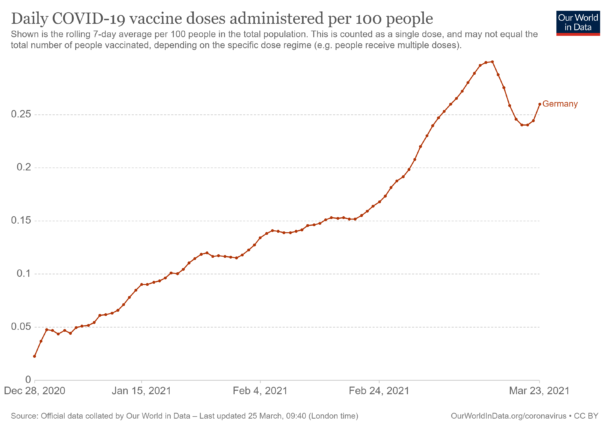According to the company this is an implementation of the cuts that the company presented in February, when the company announced that 1,100 employees would have to go.
“We realized already then that it was administrative personnel and related services that would be affected. Those who are affected in this cut are economists, lawyers, the personnel department, IT-technicians, lab technicians and those types of broad competencies,” said Astra Zeneca’s head of information, Ann-Leena Mikiver to news agency TT.
According to national broadcaster Sveriges Television (SVT), the cuts are the result of concluded negotiations between the company leadership and the union.
The 400 jobs are disappearing as a consequence of cuts to the research side of the company. 75 percent of the cuts will take place in the department that handles the upkeep of the labs and machines.
According to Mikiver these may not be the last cuts the company will see in the near future.
“We are a large and global company trying to make our way in a very competitive business. There’s always restructuring going on and that is never finished,” she told TT.
However, the company aims to be supportive of personnel in the case of redundancies. They have planned labour market days where 100 companies have been invited to meet that wish to make new connections.
The company has also hosted ‘start-up’ days, and offer coaching and seminars for those who are choosing to embark on a new course in life.
According to the company, the first scientists have already left the company.
“The first 50 left two weeks ago. Some will leave during the summer and others early this autumn and the whole move should be completed in December,” she told TT.
TT/The Local/rm




 Please whitelist us to continue reading.
Please whitelist us to continue reading.
Member comments